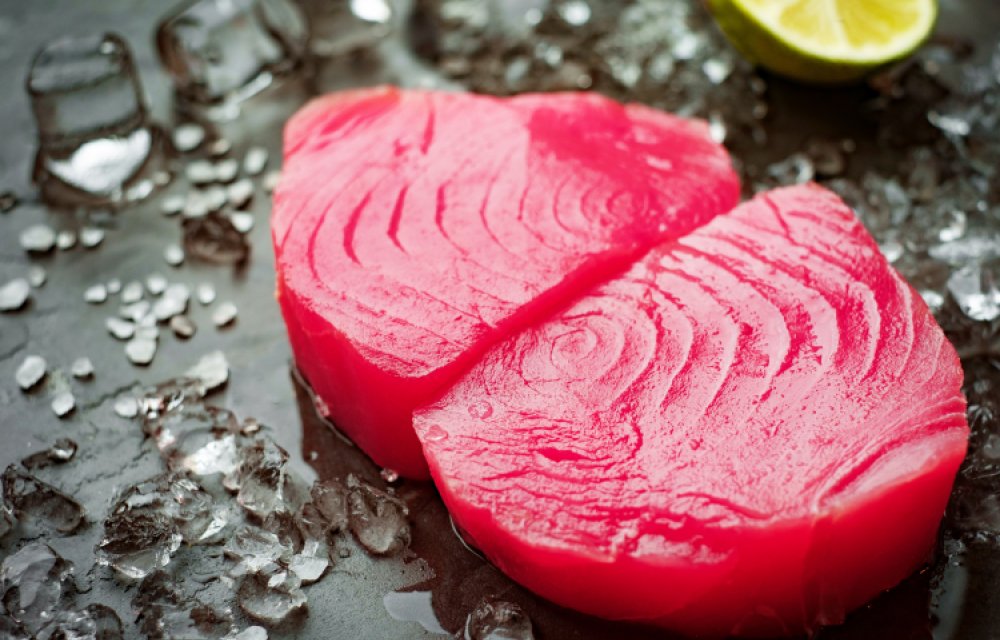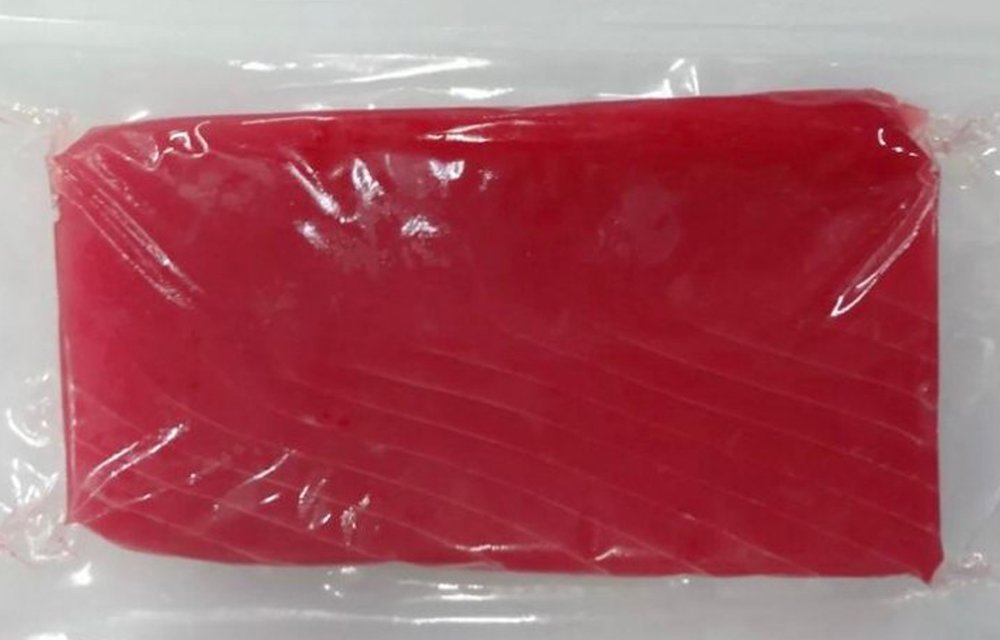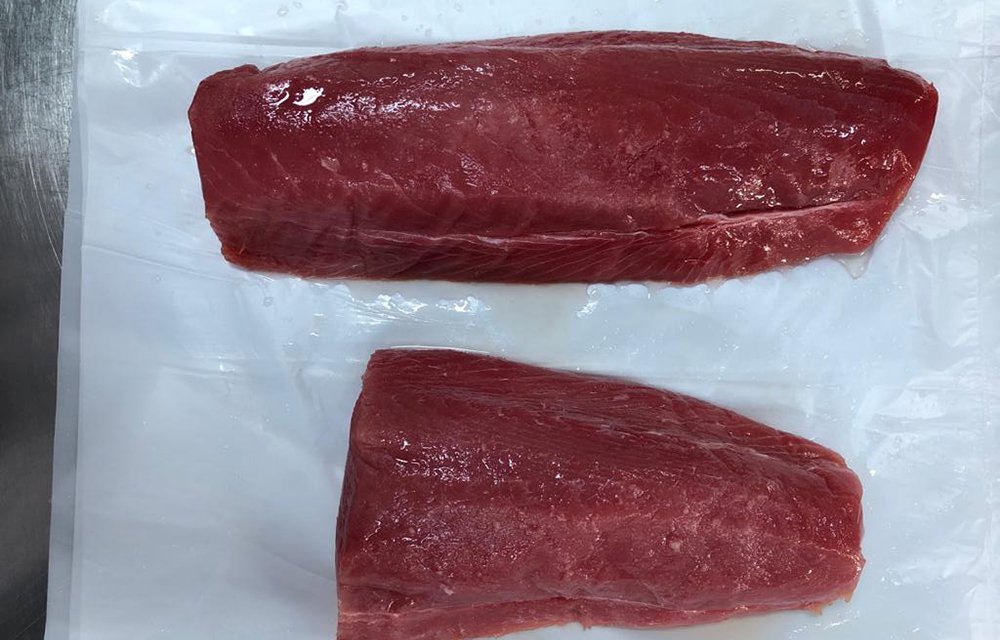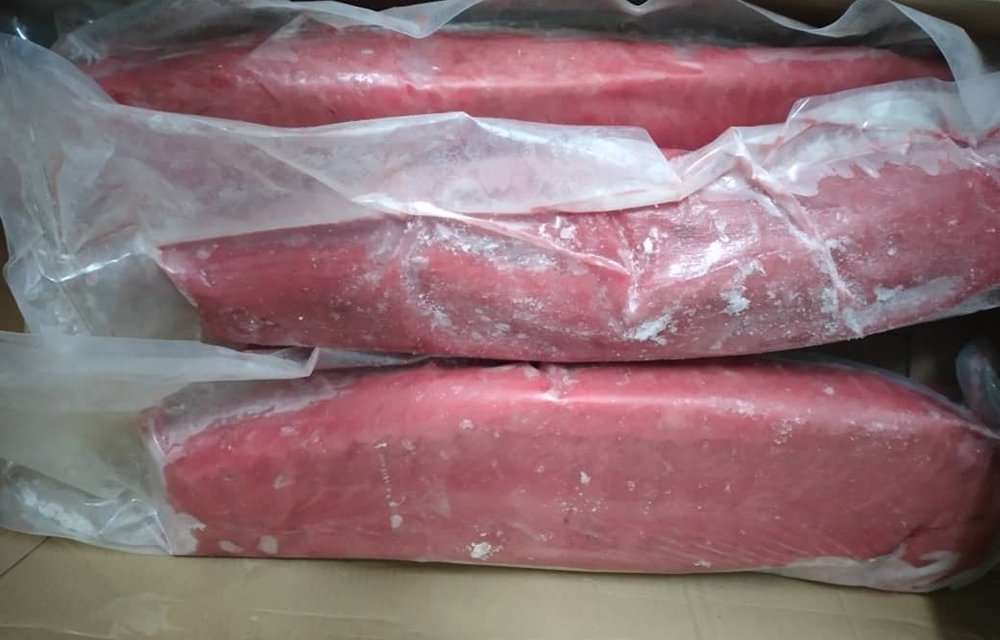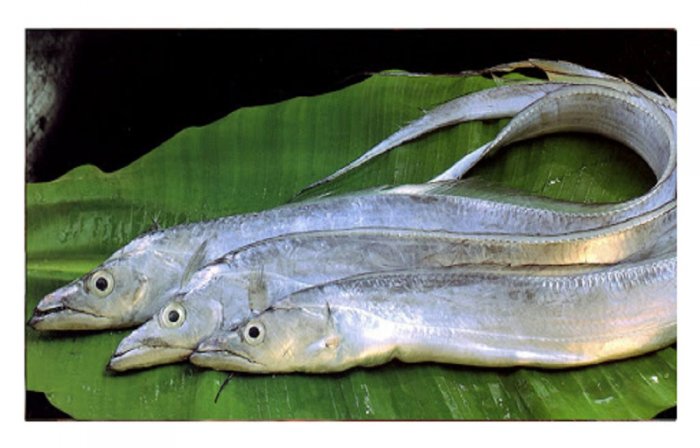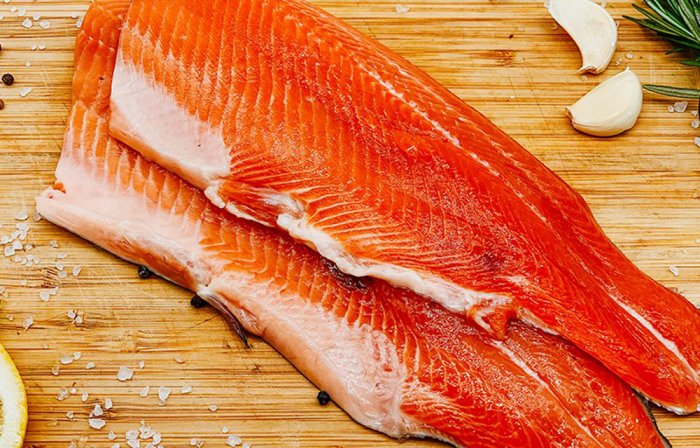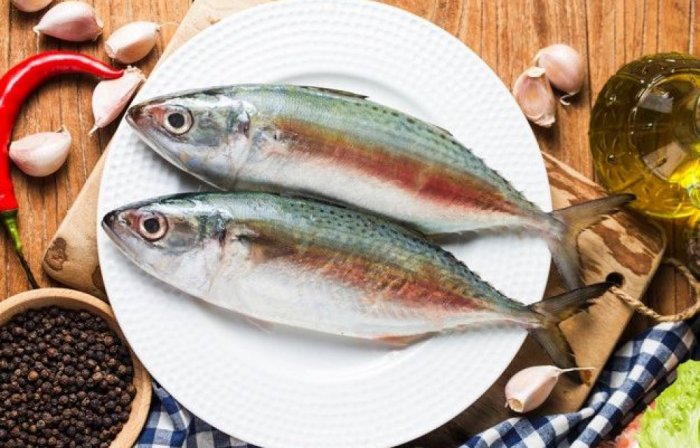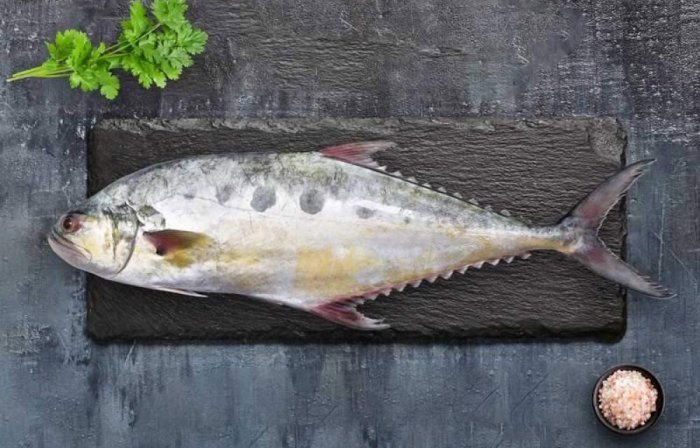Geographical Distribution : Worldwide in tropical and subtropical seas, but absent from the Mediterranean Sea. Maximum fork length is over 200 cm. The all-tackle angling record was a 176.4 kg fish of 208 cm fork length taken off the west coast of Mexico in 1977. Common to 150 cm fork length.
The most important fishing method for deep swimming yellowfin tuna is longlining, primarily by vessels from iran.
After removing the head and intestines, the tuna is filleted. The skinless fillets are cut in the centre into two pieces. Dark meat is trimmed off and the tuna loins are frozen, weighed, labeled and packed for export.
Analysis of proximate composition of fresh yellowfin tuna meat indicated that yellow fin tuna meat was rich in protein (22.59%) while fat content of the composite meat was 0.64% .on the other hand, EPA and DHA (omega 3 fatty acid) in yellowfin tuna meat ranging from 5.6 to 5.9 g 100 g-1 and from 47.6 to 53.4 g 100 g-1 respectively. also, yellowfin tuna meat has 1.8 % mineral compounds such as sodium, potassium, phosphorus and iron.

